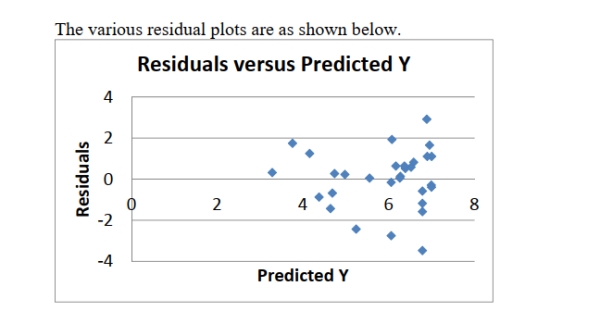SCENARIO 14-16
What are the factors that determine the acceleration time (in sec.) from 0 to 60 miles per hour of a
car? Data on the following variables for 30 different vehicle models were collected: (Accel Time): Acceleration time in sec.
(Engine Size): c.c.
(Sedan): 1 if the vehicle model is a sedan and 0 otherwise
The regression results using acceleration time as the dependent variable and the remaining variables as the independent variables are presented below.
ANOVA

-Referring to Scenario 14-16, the 0 to 60 miles per hour acceleration time of a
sedan is predicted to be 0.0005 seconds higher than that of a non-sedan with the same engine size.
Definitions:
Accuracy
The degree to which the result of a measurement, calculation, or specification conforms to the correct value or a standard.
Posting
The act of recording financial transactions in the ledger of an accounting system.
Transaction
An agreement or exchange between two parties that involves the buying, selling, or trading of goods, services, or financial instruments.
Proof
in a financial context, refers to the process of verifying the accuracy and consistency of accounting records and financial statements.
Q4: Referring to Scenario 13-10, what is the
Q34: Referring to Scenario 14-8, the value of
Q43: Referring to Scenario 16-14, the best interpretation
Q73: Referring to Scenario 13-11, what is the
Q88: Referring to Scenario 16-15-A, what is your
Q99: Referring to Scenario 16-15-B, what is the
Q162: Referring to Scenario 13-14-B, the p-value of
Q195: Referring to Scenario 13-11, what is the
Q228: Referring to Scenario 14-15, there is sufficient
Q248: Referring to Scenario 14-15, which of